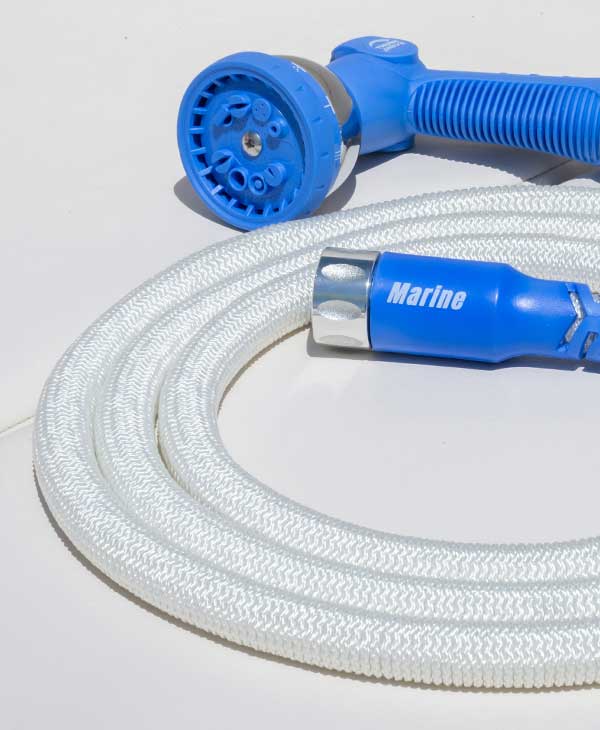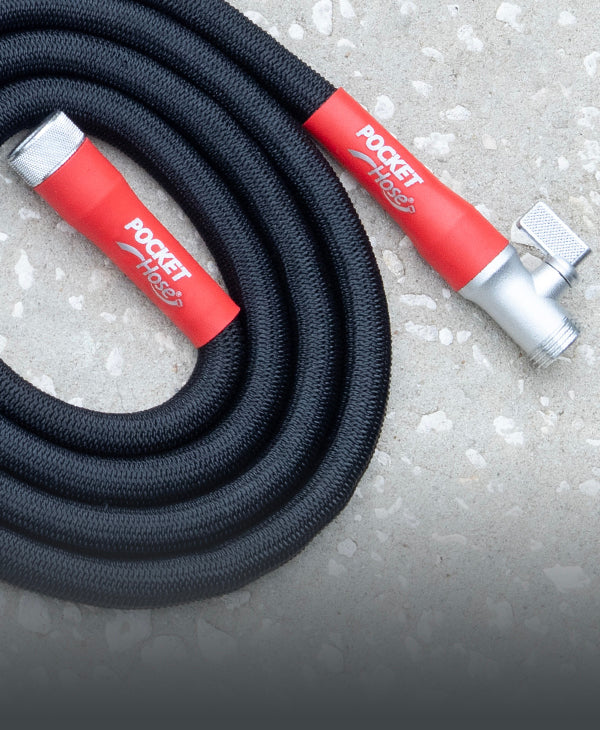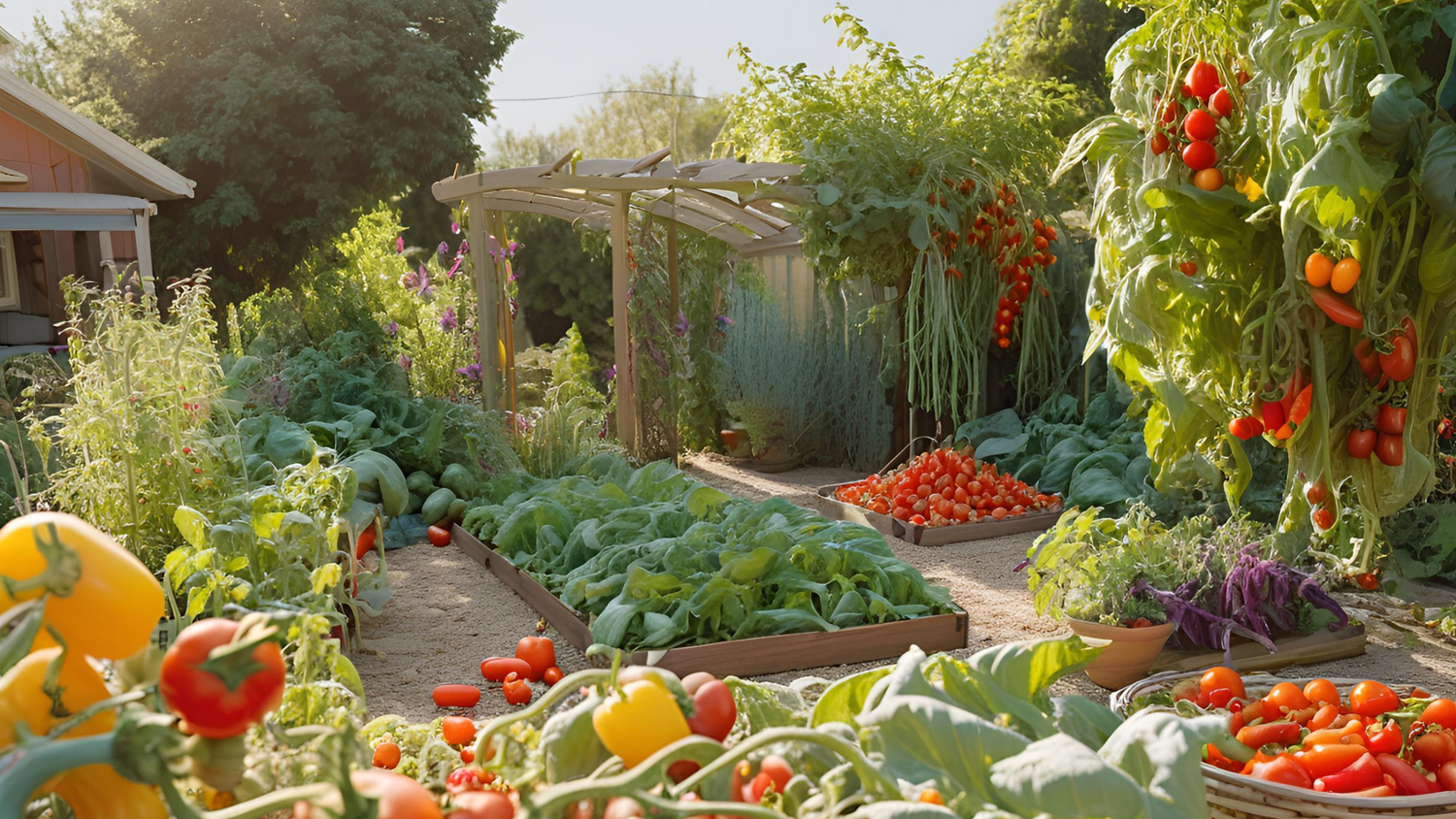Vegetable gardening has grown in popularity as people become more aware of the benefits of fresh, organic produce and aim for a sustainable lifestyle. Cultivating your vegetable patch offers various rewards, from healthier meal options to significant savings on grocery bills. Homegrown vegetables also ensure that you know exactly how and where your food is produced, granting peace of mind that is often hard to come by in modern food production systems.
This beginner's guide will walk you through the essential steps of starting your vegetable garden. With the proper preparation, tools, and know-how, you will soon be able to enjoy the fruits (and veggies) of your labor.
Why Grow Your Own Veggies?
Growing your own veggies comes with a myriad of benefits that make the endeavor worth your while:
- Healthier Food Choices: Homegrown vegetables are packed with nutrients as they are harvested at their peak ripeness. Compared to store-bought produce, which often travels long distances and may lose nutritional value over time, your garden's vegetables will offer you the freshest possible food.
-
Savings: Establishing a vegetable garden is a cost-effective way to reduce household expenses. Although seeds, soil, and gardening tools require an initial investment, the savings accumulated from not having to purchase vegetables can be substantial in the long run.
- Sustainability: Gardening helps reduce your carbon footprint by minimizing the need for transportation and packaging associated with commercially grown produce. Additionally, you can use organic farming techniques to reduce your reliance on chemicals that are harmful to the environment.
- Therapeutic Benefits: Gardening is gratifying and stress-relieving. It encourages physical activity, connection with nature, and a sense of accomplishment, contributing to overall mental and physical well-being.
Getting Started with Vegetable Gardening
Before diving into specific steps for starting your vegetable garden, let's address some SEO keywords you might find yourself searching: vegetable gardening, grow your own veggies, beginner gardening, homegrown vegetables. Here’s a detailed guide to get you started on the right track.
1. Choose the Right Location
Selecting an appropriate spot for your garden is the first crucial step. The location you choose should meet the following criteria:
- Sunlight: Vegetables generally require at least 6–8 hours of direct sunlight per day. Choose a spot that is exposed to ample sunlight to ensure healthy plant growth.
- Soil: Opt for an area with fertile soil with good drainage. Avoid places where water tends to pool, as too much water can harm plant roots.
- Accessibility: Make sure the site is easy to access so that you can regularly maintain your garden, which will increase the chances of success.
2. Plan Your Garden Layout
Careful garden layout planning can save you time and effort. Here are some tips to consider:
- Size: Start small, especially if you're a beginner. A 4x4 or 4x8-foot bed is often a good starter size. You can always expand as you gain more experience and confidence.
- Raised Beds vs. In-Ground: Raised beds offer several advantages, such as better soil control, improved drainage, and easier access for weeding and harvesting. In-ground gardens are also viable, though, and can be more economical.
- Companion Planting: Research companion planting, which involves placing specific plants near each other to boost growth and deter pests. For example, tomatoes and basil make good companions.
3. Prepare Your Soil
Healthy soil is fundamental to successful vegetable gardening. Here’s how to prepare it:
- Test Your Soil pH: Different vegetables prefer different pH levels. Most do well within a range of 6.0–7.0. You can purchase pH testing kits from garden stores or use a professional soil testing service.
- Amend the Soil: Based on the results of your soil test, you may need to amend your soil with organic compost, manure, or other soil conditioners to improve its fertility and structure.
- Till the Soil: Break up the soil to a depth of at least 12 inches using a shovel or tiller. Remove any rocks, debris, and weeds that can hamper plant growth.
4. Select Your Vegetables
Choosing which vegetables to grow is an important step that depends on several factors:
- Climate: Select vegetables that are well-suited to your region’s climate and growing seasons. For example, tomatoes thrive in warm weather, while lettuce prefers cooler temperatures.
- Space: Remember the amount of space each plant requires. Vining plants like cucumbers and zucchini need more room to spread out.
- Personal Preferences: Grow what you and your family enjoy eating. This ensures that your efforts will lead to bountiful, useful yields.
Some beginner-friendly vegetables to consider are:
- Tomatoes
- Lettuce
- Carrots
- Radishes
- Zucchini
- Spinach
- Bell Peppers
5. Planting Your Vegetables
Once you have chosen your vegetables, it’s time to plant them. Follow these steps:
- Seedlings vs. Seeds: Decide whether to start your plants from seedlings or seeds. Seedlings are easier for beginners but can be more expensive. Seeds offer a more economical and rewarding approach but require more care.
- Plant at the Right Time: Follow the planting instructions on seed packets or plant labels. Timing can be crucial for successful germination and growth.
- Spacing: Follow the spacing recommendations to avoid overcrowding, which can lead to poor air circulation and increased susceptibility to disease.
6. Watering Your Garden
Proper watering is one of the most critical aspects of successful vegetable gardening. Here are some watering tips:
- Consistent Watering: Keep the soil consistently moist but not waterlogged. Inconsistent watering can lead to issues like blossom-end rot in tomatoes.
- Water at the Base: To reduce the risk of fungal diseases, water at the base of the plants. Avoid overhead watering, especially in the evening, as this can lead to prolonged leaf wetness.
- Mulch: Use organic mulch to help retain soil moisture, suppress weeds, and regulate soil temperature. Effective mulch materials include straws, pine needles, and shredded leaves.
7. Managing Pests and Diseases
Even the best-maintained gardens can fall victim to pests and diseases. Here’s how to manage these threats:
- Monitor Regularly: Inspect your garden regularly for signs of pests, disease, or nutrient deficiencies. Early detection is key to preventing severe damage.
- Natural Predators: Encourage natural predators like ladybugs and predatory beetles that can help control pests. You can attract these beneficial insects by planting diverse flowering plants.
- Organic Solutions: If you encounter issues, consider organic solutions like neem oil, insecticidal soaps, and homemade remedies. Use chemical pesticides as a last resort, and always follow the instructions carefully.

8. Harvesting Your Homegrown Vegetables
The reward for your hard work comes in the form of harvesting your homegrown vegetables:
- Know When to Harvest: Different vegetables have specific indicators of ripeness. For example, tomatoes change color, while carrots' shoulders become visible above the soil. Research the signs of readiness for each type of vegetable in your garden.
- Harvest Regularly: Regular harvesting encourages many plants to continue producing. For example, harvesting beans often promotes additional flowering and pod development.
- Handle with Care: Use clean, sharp tools for harvesting to minimize damage and prevent the spread of disease.
Tools and Resources for Beginners
As a beginner, equipping yourself with the right tools can make your gardening journey easier and more enjoyable. Here are some essential tools:
- Hand Trowel: Ideal for digging small holes, transplanting seedlings, and removing weeds.
- Garden Fork: Excellent for turning soil, breaking up clumps, and mixing in compost.
- Pruners: Handy for trimming plants, harvesting, and maintaining the overall health of your garden.
- Watering Can or Hose: A reliable watering can or hose is crucial for hydrating your plants. Consider investing in the Pocket Hose Copper Bullet, an ideal choice for gardeners due to its durability, flexibility, and lightweight design. Unlike traditional hoses, it resists kinking and can easily maneuver around your garden, making watering convenient and efficient.
- Gardening Gloves: Protect your hands from soil, thorns, and potential contaminants.
- Kneeling Pad: A comfortable cushion for your knees, making extended periods of gardening less strenuous.
Best Practices for Year-Round Gardening
While many vegetables have specific growing seasons, you can extend your gardening efforts year-round with these strategies:
- Succession Planting: Stagger plantings every few weeks to ensure continuous harvests. For example, sow lettuce seeds every two weeks for a steady supply.
- Season Extenders: Use row covers, cold frames, and greenhouses to protect plants from extreme temperatures and extend the growing season.
- Crop Rotation: Rotate your crops yearly to prevent soil depletion and reduce the risk of pests and diseases. For instance, avoid planting tomatoes in the same spot year after year.
Troubleshooting Common Issues
Successful vegetable gardening requires observation and adjustment. Here are some common issues you might encounter and how to address them:
- Wilting Plants: Wilting can result from underwatering, overwatering, or disease. Check soil moisture levels and adjust your watering habits accordingly.
- Yellowing Leaves: This issue frequently indicates nutrient deficiencies. Conduct a soil test and fertilize with the appropriate nutrients.
- Stunted Growth: Poor soil quality, inadequate sunlight, or overcrowding can stunt growth. Ensure your plants have the necessary resources and space to thrive.
- Pest Damage: Holes in leaves, chewed stems, and visible pests are common signs of pest damage. Use organic pest control methods and encourage beneficial insects.
Final Thoughts
Growing your own vegetables is a gratifying experience that brings numerous benefits. From enjoying healthier, fresher food to reconnecting with nature and saving money, vegetable gardening offers rewards beyond simply having fresh produce at your fingertips. Even beginners can cultivate a successful and bountiful garden with careful planning, patience, and dedication.
So why wait? Take your first steps towards a more sustainable lifestyle, and start your own vegetable garden today! With the proper knowledge and tools, you’ll enjoy homegrown vegetables in no time.
Happy gardening!





Leave a comment
This site is protected by hCaptcha and the hCaptcha Privacy Policy and Terms of Service apply.